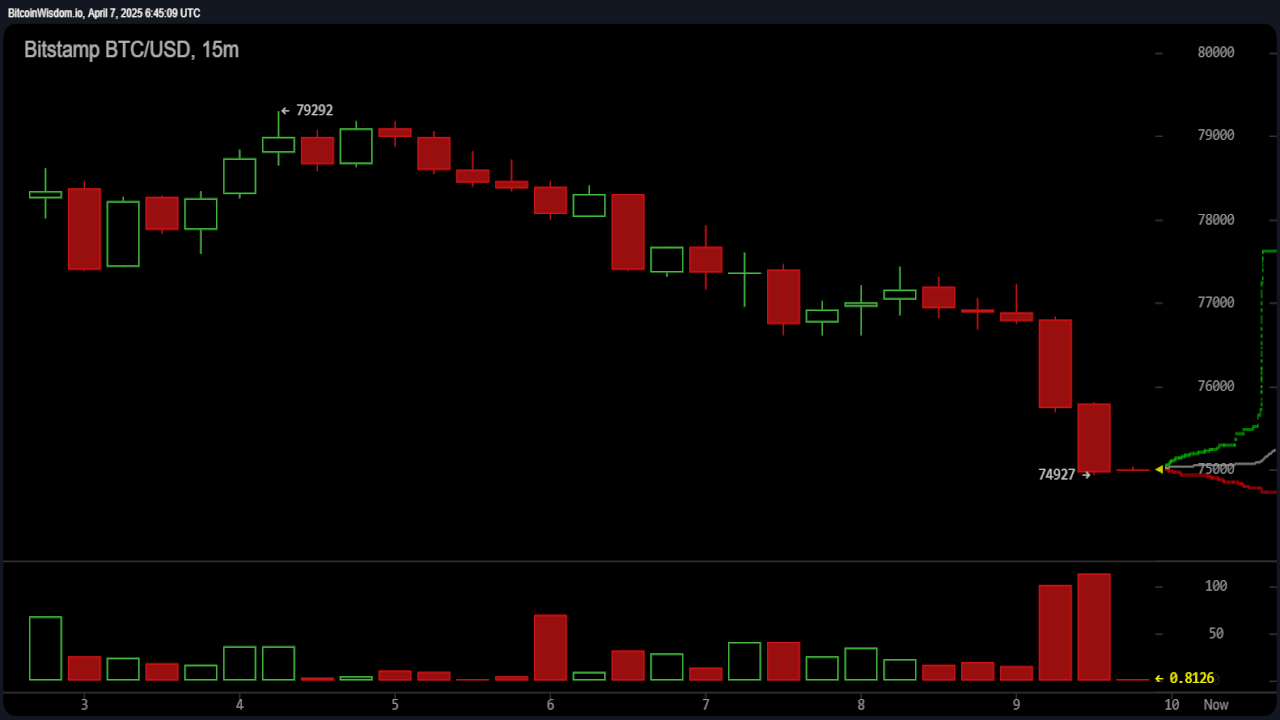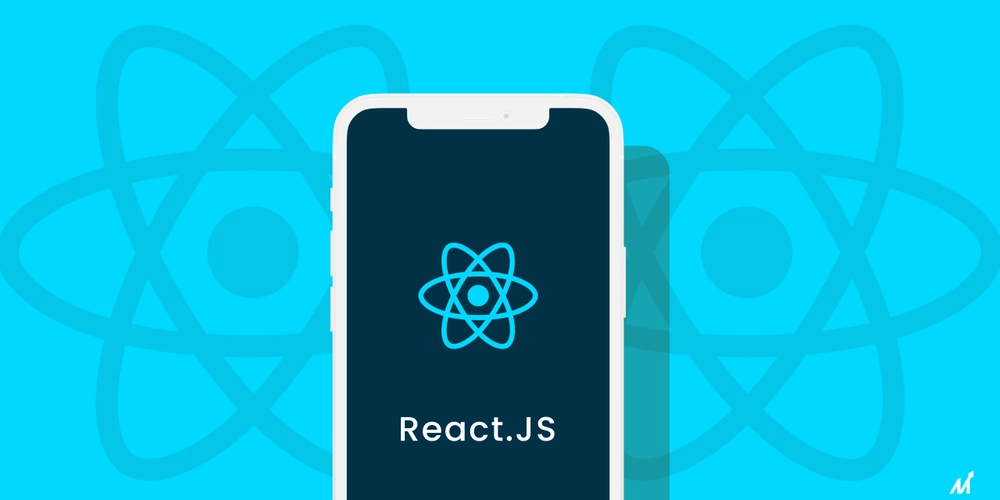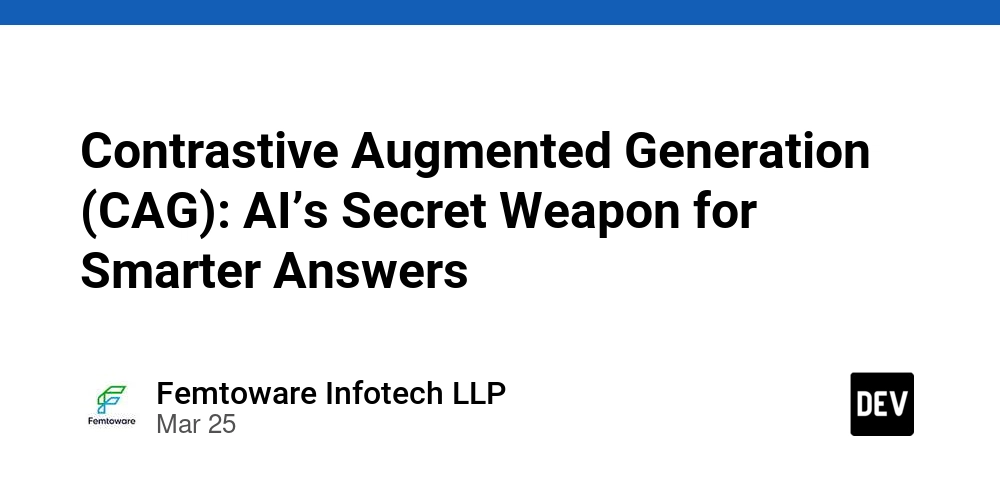"Revolutionizing 4D Reconstruction: Discover Easi3R's Game-Changing Techniques!"
In a world where technology is advancing at breakneck speed, the concept of 4D reconstruction has emerged as a beacon of innovation, promising to transform how we perceive and interact with our environment. But what exactly does this mean for you? Are you grappling with outdated methods that fail to capture the dynamic essence of your projects? If so, you're not alone. Many professionals in fields ranging from architecture to virtual reality are searching for more effective solutions that can bring their visions to life. Enter Easi3R—a trailblazer in revolutionizing 4D reconstruction techniques. In this blog post, we'll dive deep into Easi3R's groundbreaking approach that not only enhances accuracy but also streamlines workflows like never before. Imagine being able to visualize complex data in real-time or create immersive experiences that captivate audiences—this is no longer just a dream; it's becoming a reality thanks to Easi3R’s innovative strategies! Join us as we explore the evolution of 4D technologies, compare traditional methods with these cutting-edge techniques, and unveil exciting future trends poised to reshape industries across the board. Your journey toward mastering 4D reconstruction starts here! What is 4D Reconstruction? 4D reconstruction refers to the process of creating a three-dimensional representation of dynamic scenes over time, effectively adding the temporal dimension to traditional 3D models. This technology allows for capturing and visualizing how objects move and interact within a given environment, making it essential in fields such as computer vision, robotics, and augmented reality. Recent advancements have introduced methods like Easi3R that utilize attention mechanisms for enhanced accuracy in disentangling object motion from camera movement. By leveraging these techniques, researchers can achieve more precise camera pose estimation and point cloud reconstruction while addressing challenges faced by conventional Structure from Motion (SfM) approaches. Key Features of Easi3R Easi3R stands out due to its innovative use of attention-guided segmentation and re-weighting strategies that significantly improve the quality of dynamic video reconstructions. The architecture employs self-attention and cross-attention mechanisms to enhance feature extraction processes during reconstruction tasks. Additionally, its performance has been quantitatively validated against datasets like DyCheck, demonstrating superior capabilities in handling complex scenarios involving moving objects. These advancements not only elevate the standard for 4D reconstruction but also open up new avenues for applications ranging from video editing to immersive experiences in virtual environments. The Evolution of 4D Technologies The evolution of 4D technologies has been significantly influenced by advancements in computer vision and machine learning. Traditional Structure from Motion (SfM) methods faced challenges in accurately reconstructing dynamic scenes due to the complexities involved with object and camera motion. Recent innovations, particularly the introduction of Easi3R, have revolutionized this field by enabling dynamic 4D reconstruction without extensive training datasets. Easi3R employs attention adaptation techniques within its DUSt3R architecture, allowing for precise disentanglement of motions which enhances video reconstruction quality. Key Developments in Dynamic Reconstruction Easi3R's architecture incorporates advanced token representations and self-attention mechanisms that facilitate improved segmentation and pose estimation. This method not only outperforms existing solutions like DAS3R but also demonstrates significant advantages in point cloud reconstruction accuracy on benchmark datasets such as DyCheck. By leveraging attention-guided decomposition strategies, Easi3R effectively addresses previous limitations encountered during dynamic object segmentation tasks, showcasing a robust framework adaptable across various applications including augmented reality and video editing. In summary, the ongoing development within 4D technologies highlights a shift towards more efficient algorithms capable of handling complex visual data while maintaining high performance standards essential for real-world applications. Easi3R's Innovative Approach Explained Easi3R introduces a groundbreaking method for dynamic 4D reconstruction that operates without the need for extensive training, significantly enhancing performance in dynamic video scenarios. Central to its functionality is the DUSt3R network architecture, which employs advanced token representations and self-attention mechanisms to effectively disentangle object and camera motion. This approach addresses key limitations found in traditional Structure from Motion (SfM) techniques by utilizing attention adaptation for improved accuracy. Key Features of Easi3R One of the standout features of Easi3R is its attention-guided decomposi

In a world where technology is advancing at breakneck speed, the concept of 4D reconstruction has emerged as a beacon of innovation, promising to transform how we perceive and interact with our environment. But what exactly does this mean for you? Are you grappling with outdated methods that fail to capture the dynamic essence of your projects? If so, you're not alone. Many professionals in fields ranging from architecture to virtual reality are searching for more effective solutions that can bring their visions to life. Enter Easi3R—a trailblazer in revolutionizing 4D reconstruction techniques. In this blog post, we'll dive deep into Easi3R's groundbreaking approach that not only enhances accuracy but also streamlines workflows like never before. Imagine being able to visualize complex data in real-time or create immersive experiences that captivate audiences—this is no longer just a dream; it's becoming a reality thanks to Easi3R’s innovative strategies! Join us as we explore the evolution of 4D technologies, compare traditional methods with these cutting-edge techniques, and unveil exciting future trends poised to reshape industries across the board. Your journey toward mastering 4D reconstruction starts here!
What is 4D Reconstruction?
4D reconstruction refers to the process of creating a three-dimensional representation of dynamic scenes over time, effectively adding the temporal dimension to traditional 3D models. This technology allows for capturing and visualizing how objects move and interact within a given environment, making it essential in fields such as computer vision, robotics, and augmented reality. Recent advancements have introduced methods like Easi3R that utilize attention mechanisms for enhanced accuracy in disentangling object motion from camera movement. By leveraging these techniques, researchers can achieve more precise camera pose estimation and point cloud reconstruction while addressing challenges faced by conventional Structure from Motion (SfM) approaches.
Key Features of Easi3R
Easi3R stands out due to its innovative use of attention-guided segmentation and re-weighting strategies that significantly improve the quality of dynamic video reconstructions. The architecture employs self-attention and cross-attention mechanisms to enhance feature extraction processes during reconstruction tasks. Additionally, its performance has been quantitatively validated against datasets like DyCheck, demonstrating superior capabilities in handling complex scenarios involving moving objects. These advancements not only elevate the standard for 4D reconstruction but also open up new avenues for applications ranging from video editing to immersive experiences in virtual environments.
The Evolution of 4D Technologies
The evolution of 4D technologies has been significantly influenced by advancements in computer vision and machine learning. Traditional Structure from Motion (SfM) methods faced challenges in accurately reconstructing dynamic scenes due to the complexities involved with object and camera motion. Recent innovations, particularly the introduction of Easi3R, have revolutionized this field by enabling dynamic 4D reconstruction without extensive training datasets. Easi3R employs attention adaptation techniques within its DUSt3R architecture, allowing for precise disentanglement of motions which enhances video reconstruction quality.
Key Developments in Dynamic Reconstruction
Easi3R's architecture incorporates advanced token representations and self-attention mechanisms that facilitate improved segmentation and pose estimation. This method not only outperforms existing solutions like DAS3R but also demonstrates significant advantages in point cloud reconstruction accuracy on benchmark datasets such as DyCheck. By leveraging attention-guided decomposition strategies, Easi3R effectively addresses previous limitations encountered during dynamic object segmentation tasks, showcasing a robust framework adaptable across various applications including augmented reality and video editing.
In summary, the ongoing development within 4D technologies highlights a shift towards more efficient algorithms capable of handling complex visual data while maintaining high performance standards essential for real-world applications.
Easi3R's Innovative Approach Explained
Easi3R introduces a groundbreaking method for dynamic 4D reconstruction that operates without the need for extensive training, significantly enhancing performance in dynamic video scenarios. Central to its functionality is the DUSt3R network architecture, which employs advanced token representations and self-attention mechanisms to effectively disentangle object and camera motion. This approach addresses key limitations found in traditional Structure from Motion (SfM) techniques by utilizing attention adaptation for improved accuracy.
Key Features of Easi3R
One of the standout features of Easi3R is its attention-guided decomposition strategy, which excels in dynamic object segmentation—outperforming existing methods like DAS3R. The model also incorporates attention re-weighting and segmentation-aware global alignment, crucially improving reconstruction quality across various computer vision tasks such as camera pose estimation and point cloud reconstruction. Quantitative evaluations on datasets like DyCheck demonstrate Easi3R’s superior capability in handling complex dynamics within videos, making it an invaluable tool for applications ranging from augmented reality to sophisticated video editing solutions.# Real-World Applications of Easi3R Techniques
Easi3R techniques have significant implications across various domains, particularly in dynamic video reconstruction. In the realm of computer vision, its application in dynamic object segmentation allows for precise identification and tracking of moving objects within a scene. This capability is crucial for industries such as autonomous driving, where understanding the environment's dynamics is essential for safe navigation. Furthermore, Easi3R enhances camera pose estimation by accurately determining the position and orientation of cameras during video capture, which is vital for augmented reality applications that require seamless integration between virtual elements and real-world environments.
Enhanced Performance Metrics
The robustness of Easi3R extends to point cloud reconstruction tasks, providing high-quality 4D models from dynamic scenes. By leveraging attention-guided decomposition methods, it surpasses traditional approaches like DAS3R in both accuracy and efficiency. Quantitative evaluations on datasets such as DyCheck demonstrate superior performance metrics—enabling more reliable data processing in fields ranging from robotics to film production. The versatility offered by Easi3R positions it as a transformative tool capable of addressing complex challenges inherent in modern visual technologies while fostering advancements in AI-driven applications across diverse sectors.
Comparing Easi3R with Traditional Methods
Easi3R represents a significant advancement over traditional methods in dynamic 4D reconstruction, primarily by eliminating the need for extensive training. Unlike conventional Structure from Motion (SfM) techniques that often struggle with disentangling object and camera motion, Easi3R utilizes attention adaptation through its DUSt3R architecture. This allows for more accurate segmentation of dynamic objects and improved camera pose estimation. The integration of self-attention and cross-attention mechanisms enhances the quality of point cloud reconstructions, addressing common challenges faced by older methodologies.
Key Advantages Over Traditional Techniques
Traditional SfM approaches typically rely on fixed assumptions about scene structure and motion patterns, which can lead to inaccuracies in complex environments. In contrast, Easi3R's attention-guided decomposition not only improves segmentation but also ensures better alignment between segmented objects and their respective motions. Quantitative evaluations on datasets like DyCheck demonstrate that Easi3R outperforms existing models such as DAS3R in various tasks including dynamic object segmentation and trajectory estimation. By leveraging advanced attention mechanisms, it effectively enhances reconstruction quality while maintaining computational efficiency—an essential factor for real-time applications in fields like augmented reality and video editing.# Future Trends in 4D Reconstruction
The future of 4D reconstruction is poised for significant advancements, particularly with the introduction of methods like Easi3R. This approach eliminates the need for extensive training while enhancing dynamic video reconstruction through robust performance metrics. As computer vision continues to evolve, attention mechanisms such as those found in DUSt3R will play a crucial role in improving object and camera motion disentanglement. The integration of attention-guided segmentation and re-weighting techniques not only boosts accuracy but also enhances point cloud quality.
Emerging Applications
With its superior capabilities, Easi3R is expected to impact various sectors including augmented reality (AR), video editing, and real-time surveillance systems. The ability to accurately estimate camera poses and trajectories opens new avenues for immersive experiences in AR applications. Furthermore, as industries increasingly rely on automated processes, the demand for precise dynamic object segmentation will drive further innovations within this field.
As research progresses, we can anticipate more sophisticated algorithms that leverage machine learning frameworks alongside traditional methodologies. These developments may lead to enhanced efficiency in processing complex scenes while maintaining high fidelity in reconstructed outputs—ultimately transforming how we interact with digital environments across multiple platforms.
In conclusion, the advancements in 4D reconstruction technology, particularly through Easi3R's innovative techniques, mark a significant leap forward in this field. Understanding what 4D reconstruction entails and its evolution highlights the importance of continuous innovation to meet growing demands across various sectors. Easi3R’s unique approach not only enhances accuracy and efficiency but also opens new avenues for real-world applications ranging from medical imaging to virtual reality. When compared with traditional methods, Easi3R stands out by offering superior results that can transform industries reliant on precise spatial data. As we look ahead, it is clear that future trends will likely revolve around further integration of artificial intelligence and machine learning into these processes, promising even more revolutionary changes in how we perceive and interact with our three-dimensional world over time. Embracing these advancements will be crucial for professionals aiming to stay at the forefront of technological progress in 4D reconstruction.
FAQs about Easi3R's Game-Changing Techniques in 4D Reconstruction
1. What is 4D Reconstruction?
Answer:
4D reconstruction refers to the process of creating a three-dimensional representation of an object or environment that also incorporates the element of time, effectively adding a fourth dimension. This technique allows for dynamic visualization and analysis, capturing changes over time in various fields such as medical imaging, robotics, and virtual reality.
2. How has 4D technology evolved over the years?
Answer:
The evolution of 4D technologies has progressed from basic static models to advanced systems capable of real-time data processing and integration with artificial intelligence. Early methods relied heavily on manual input and limited computational power, while recent advancements leverage machine learning algorithms and high-performance computing to enhance accuracy and efficiency in reconstructing complex scenes.
3. What innovative approaches does Easi3R employ in its techniques?
Answer:
Easi3R employs several innovative approaches including enhanced algorithms for data capture, improved modeling techniques that integrate temporal information seamlessly, and user-friendly interfaces that allow non-experts to utilize sophisticated tools easily. Their focus on automation reduces human error while increasing the speed at which accurate reconstructions can be achieved.
4. In what real-world applications are Easi3R's techniques being utilized?
Answer:
Easi3R's techniques have been applied across various sectors including healthcare for monitoring patient conditions through dynamic imaging; architecture for visualizing construction projects over time; entertainment industries like gaming for immersive experiences; and environmental science for tracking changes in ecosystems due to climate change.
5. How does Easi3R compare with traditional methods of reconstruction?
Answer:
Compared to traditional methods, which often involve labor-intensive processes with slower output times, Easi3R’s approach significantly enhances both speed and precision by utilizing automated workflows and advanced algorithms. Traditional methods may struggle with large datasets or real-time requirements where Easi3R excels by providing faster results without compromising quality or detail.









































































































































































![[The AI Show Episode 142]: ChatGPT’s New Image Generator, Studio Ghibli Craze and Backlash, Gemini 2.5, OpenAI Academy, 4o Updates, Vibe Marketing & xAI Acquires X](https://www.marketingaiinstitute.com/hubfs/ep%20142%20cover.png)


















































































































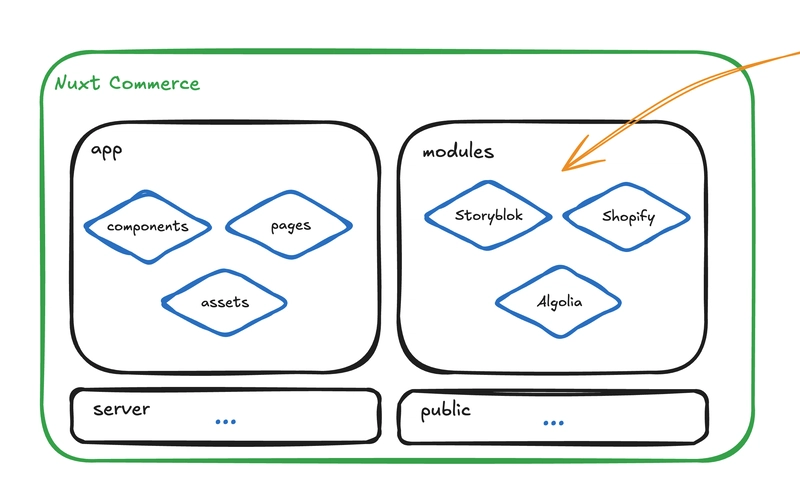
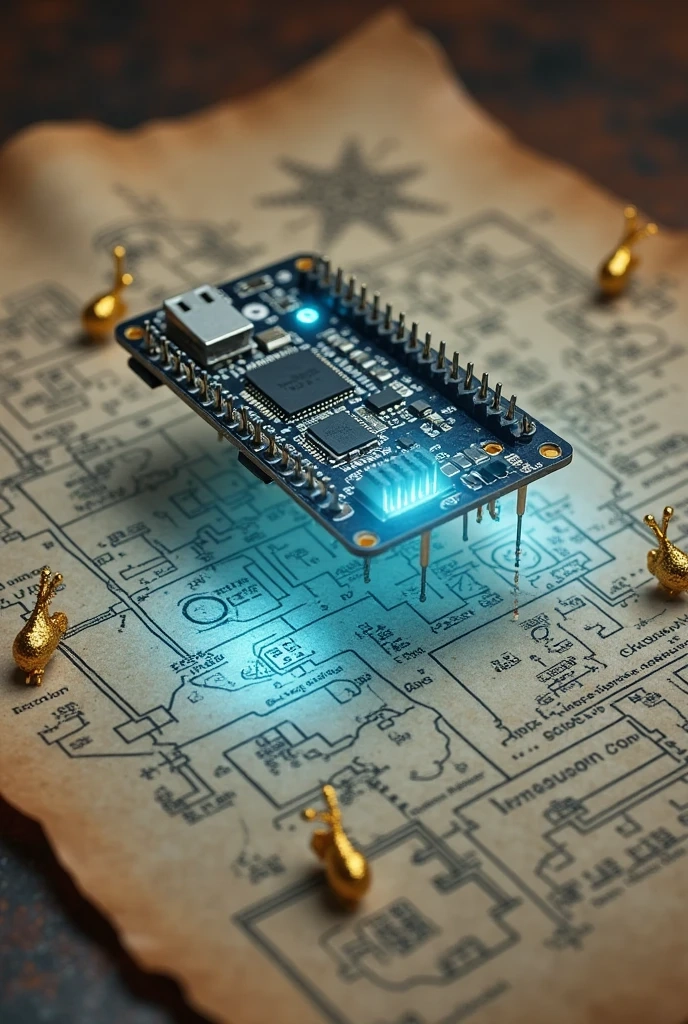











![[DEALS] The Premium Learn to Code Certification Bundle (97% off) & Other Deals Up To 98% Off – Offers End Soon!](https://www.javacodegeeks.com/wp-content/uploads/2012/12/jcg-logo.jpg)

![From drop-out to software architect with Jason Lengstorf [Podcast #167]](https://cdn.hashnode.com/res/hashnode/image/upload/v1743796461357/f3d19cd7-e6f5-4d7c-8bfc-eb974bc8da68.png?#)








































































































.png?#)


































_Christophe_Coat_Alamy.jpg?#)



.webp?#)






































































































![Apple Considers Delaying Smart Home Hub Until 2026 [Gurman]](https://www.iclarified.com/images/news/96946/96946/96946-640.jpg)
![iPhone 17 Pro Won't Feature Two-Toned Back [Gurman]](https://www.iclarified.com/images/news/96944/96944/96944-640.jpg)
![Tariffs Threaten Apple's $999 iPhone Price Point in the U.S. [Gurman]](https://www.iclarified.com/images/news/96943/96943/96943-640.jpg)


































































































